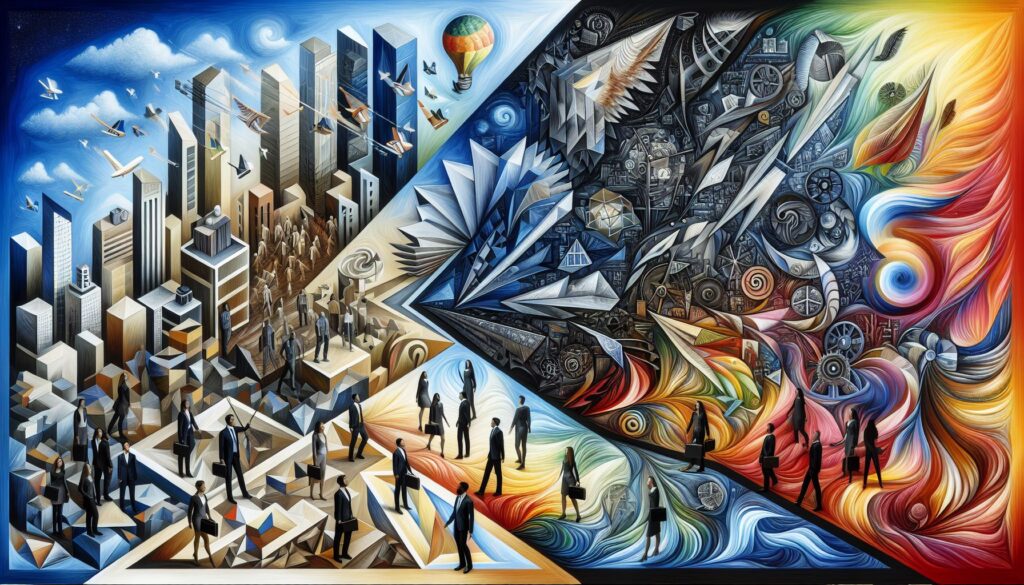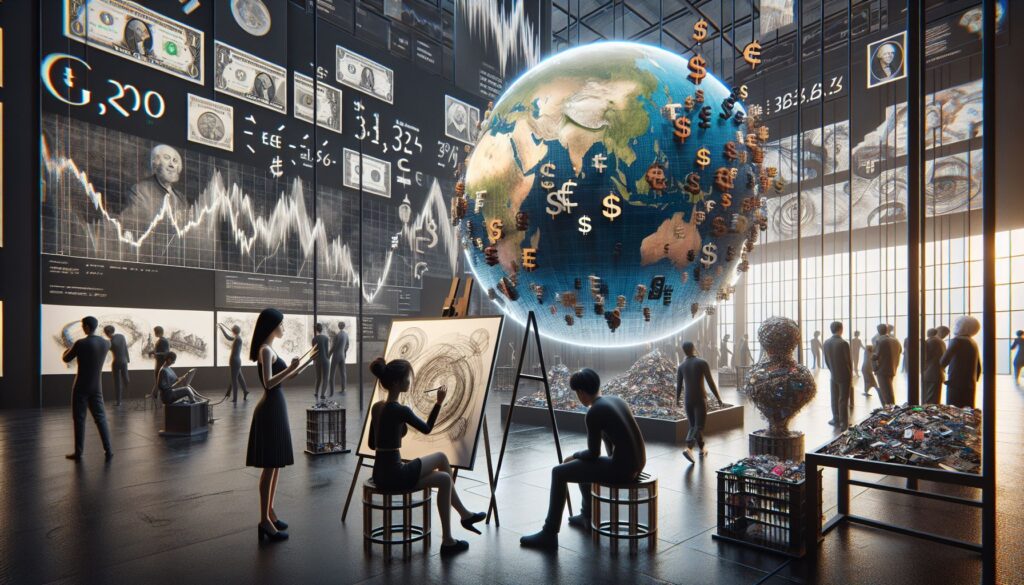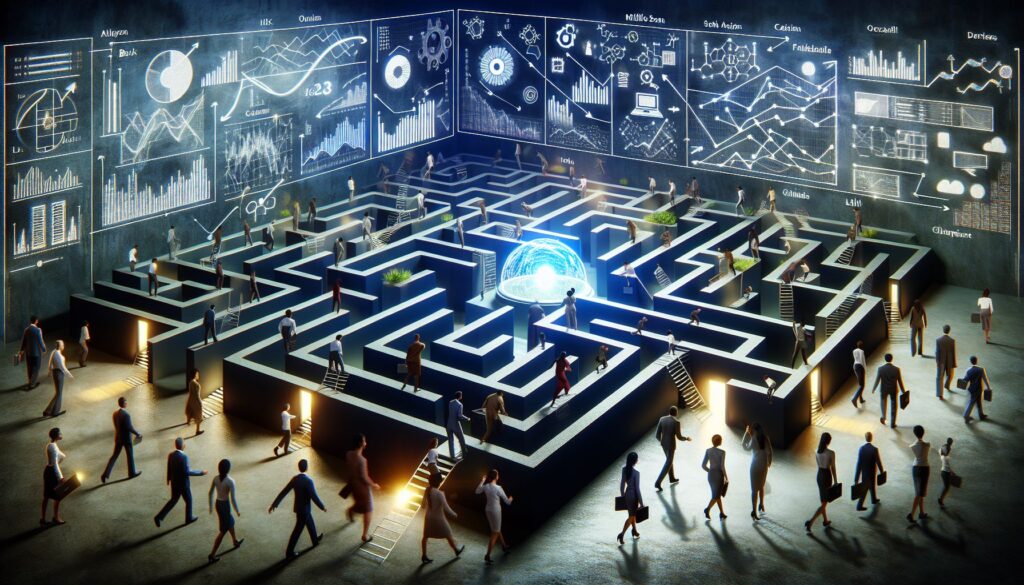From a distance, entrepreneurship and artistry may seem like incongruous disciplines — one typically premised on rational, strategic power-plays, the other on whim, passion, and subjective interpretations. Upon closer inspection, however, the modern business world and contemporary art scene are interwoven in an intricate dance, swirling in tandem, influencing and shifting each other in subtle and overt ways.
 Businesses today are navigating an ever-evolving art-scape, where transactional lines are blurred, and the traditional boundaries of ‘business’ and ‘artistry’ have merged in intriguing ways. Let’s delve deeper into the realm, exploring the vivid dynamics and unfolding trends shaping today’s art world in a business context.
Businesses today are navigating an ever-evolving art-scape, where transactional lines are blurred, and the traditional boundaries of ‘business’ and ‘artistry’ have merged in intriguing ways. Let’s delve deeper into the realm, exploring the vivid dynamics and unfolding trends shaping today’s art world in a business context.
As reflective of societal shifts, the art world is anything but stagnant: it’s a pulsing, vibrant entity that’s continually being reimagined by its artists. Today’s art landscape is vastly disparate from that of previous generations. The works of emerging and established artists tell complex narratives, often drawing upon themes of power, resistance, and identity and translating them into deeply poignant narratives of human experience.
Contemporary artists such as Ai Weiwei and Banksy, for instance, have used their works to critique political systems and symbolise civil disobedience, creating ripple effects far beyond gallery walls. Likewise, digital artists like Beeple are disrupting the traditional models of asset ownership and ushering in a new era of digital art through NFTs (non-fungible tokens).
Additionally, technology and digitization have a massive influence on today’s art market. Many artists are leveraging digital platforms to reach a wider audience, break geographical barriers, and interact directly with art-lovers. The rise of virtual galleries and online indies have democratized access to the art industry, creating robust marketplaces beyond physical galleries and auctions.
As a reflection of societal values, businesses are also looking to align their operations more closely with the art world. From corporate art collections and sponsorships to artists being hired for creative roles in corporations, the synergy between art and business is burgeoning.
What could the future hold in this ever-evolving and astonishingly unpredictable sector? Undoubtedly, technology will continue to play a pivotal role, opening up new frontiers for digital art. As blockchain technology becomes more mainstream, we might see art pieces becoming more accessible, giving rise to a more democratic and diverse art marketplace.
At the same time, the art sector will grapple with inherent tensions: balancing commercial success with artistic integrity, individual creativity with collective societal narratives, and established traditions with groundbreaking innovations. It will be an intriguing journey to watch, bringing to life new ways for art and business to interact, influence, and intrinsically grow together.
In conclusion, the art world’s canvas is constantly changing, being painted and repainted with hues of progress, disruption, and transformation. As in business, the only constant in the art sector is change. Artists and entrepreneurs must therefore learn to be agile, empathetic, and resilient, enabling them to navigate this labyrinth effectively and leave their unique strokes on this evolving masterpiece that is the intersection of business and art.




